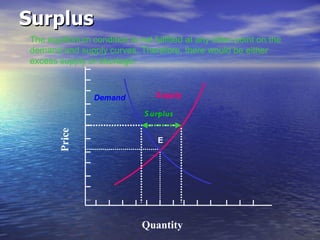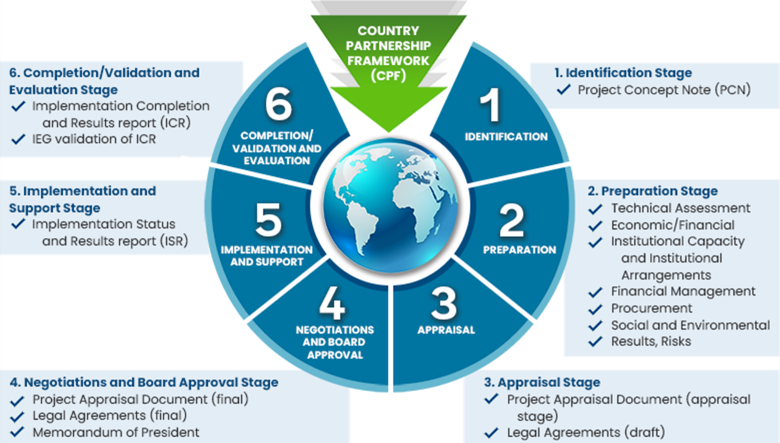A market mechanism is a system that allows buyers and sellers to interact and exchange goods and services. It is a key feature of market economies and plays a crucial role in determining prices and allocating resources. There are several key features of market mechanisms that contribute to their effectiveness in promoting economic efficiency and prosperity.
One important feature of market mechanisms is that they are driven by supply and demand. The law of supply and demand states that the price of a good or service will rise when demand for it is greater than the supply, and vice versa. This creates an incentive for producers to produce more of a good or service when it is in high demand, and for consumers to conserve their resources and purchase less when the price is high. As a result, market mechanisms help to ensure that resources are used efficiently and that prices reflect the true value of goods and services.
Another key feature of market mechanisms is that they rely on competition. When there are many buyers and sellers in a market, each one has an incentive to offer the best price or the highest quality product in order to attract customers. This competition helps to drive down prices and improve the quality of goods and services. In addition, competition also encourages innovation and the development of new products and technologies, which can lead to further economic growth and development.
Another important feature of market mechanisms is the role of prices in allocating resources. Prices serve as a signal to producers and consumers about what is in demand and what is not. When the price of a good or service is high, it indicates that there is a high demand for it and that producers should produce more of it. Conversely, when the price is low, it signals that there is a surplus of the good or service and that producers should reduce their output. This helps to ensure that resources are used efficiently and that they are directed towards the production of goods and services that are in high demand.
Finally, market mechanisms also rely on private property rights, which are the legal rights that individuals and businesses have to own and control the use of their property. Private property rights allow individuals and businesses to own and control resources, such as land, capital, and labor, and to use them as they see fit. This creates an incentive for individuals and businesses to produce and invest in order to generate profits, which can contribute to economic growth and development.
In conclusion, the features of market mechanisms, including supply and demand, competition, prices, and private property rights, play a vital role in promoting economic efficiency and prosperity. These mechanisms allow buyers and sellers to interact and exchange goods and services, which helps to ensure that resources are used efficiently and that prices reflect the true value of goods and services. By encouraging competition and innovation, market mechanisms also contribute to economic growth and development.







